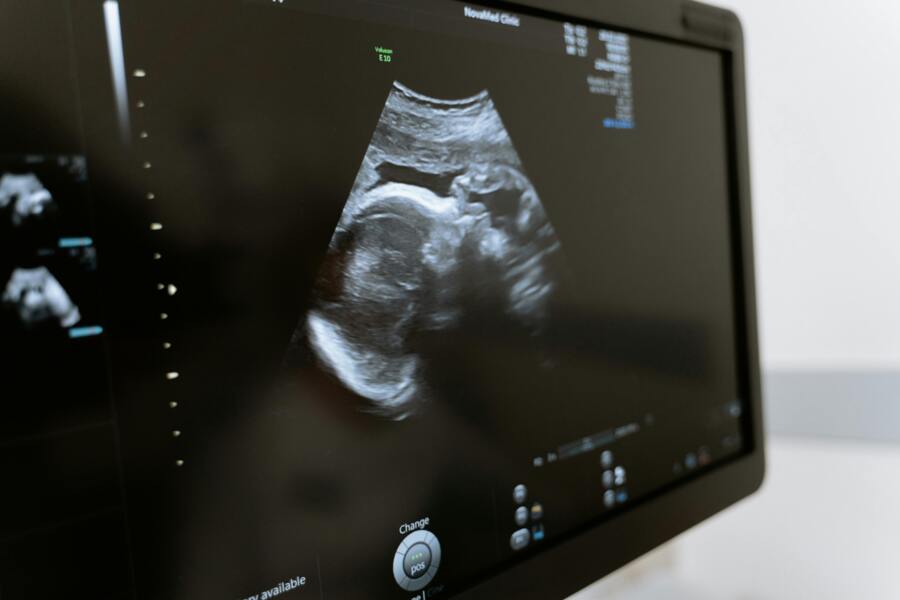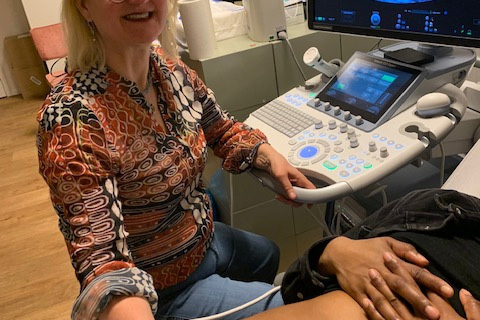SEO
An ultrasound examination that will be offered during pregnancy, but is not mandatory, is the Structural Ultrasound Examination (SEO). This examination is also called the 20-week ultrasound and can be performed from 18 to 22 weeks. Ideally, this ultrasound should be scheduled around 19 weeks of pregnancy. This examination is intended to detect physical abnormalities in the baby, such as spina bifida or skull. In addition, the sonographer will look at all visible structures and organs of the baby during this ultrasound The baby's growth will also be measured and the amniotic fluid and placenta will be examined. The examination is reimbursed by the health insurer. During the first check-up, the midwife will tell you more about this ultrasound examination and this topic will also be discussed during the second check-up. For more information, explanations and video pns ... you can also look at the RIVM website and read the leaflet.
kun je ook op de website van het RIVM kijken en de folder lezen.





